While we blog a lot about structures, plants, details, etc. on this site, I thought I would just say a few words about one of the more mundane but important aspects of displaying at the Flower Show. If you have have carefully looked at the diagram for the display wall, you will notice that a shelf is provided for resting the display box on. It is 12” below the lower edge of the window.
No one builds a box with a foot of dead space below the actual display so you need something that is going to raise the box so that the bottom of your display is level with the lower edge of the window opening. People solve this in a variety of ways. Sometimes it’s just scrap wood like 2×4’s that are put under the box to raise it up. I find this a haphazard approach for displaying something that you have worked on for the last nine months and I would like to suggest a fairly simple solution that I have used the last few years. What I did was construct a small table with adjustable legs that I placed on the shelf with my display box on top. The top of the table is a piece of 1/4” plywood 36” x 22”. The legs are made from 2”x 2” lumber. When you cut the legs you will need to do a little calculation. The objective is to bring the bottom edge of your display to within plus or minus 1” of the lower edge of the window.
Usually my display box had 2” of dead space below the floor of the display to accommodate plant tray. You also need to add in the thickness of the wood both from the box itself, the floor of the display and the table top. I settled on 7” for the length of the legs. Before attaching the legs to the table, I drilled a hole in the bottom of each leg and screwed in metal feet, you can find these at Home Depot, Lowes or any hardware store. These are adjustable so that you can raise or lower the table plus or minus 1” by simply adjusting how far in or out the metal foot is. The other nice feature is that if the shelf for the display is not perfectly level, by adjusting individual feet you can make sure your display is perfectly level. While a little work is required to make this table, it sure beats scrounging around the Flower Show on set-up day looking for the the proper sized piece of wood to raise up your display.




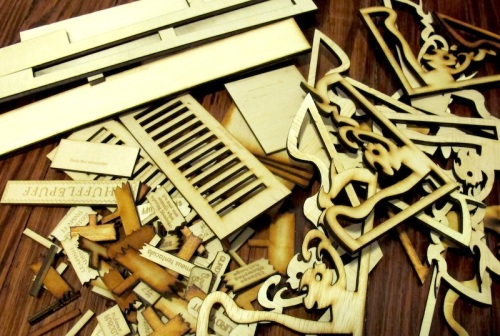

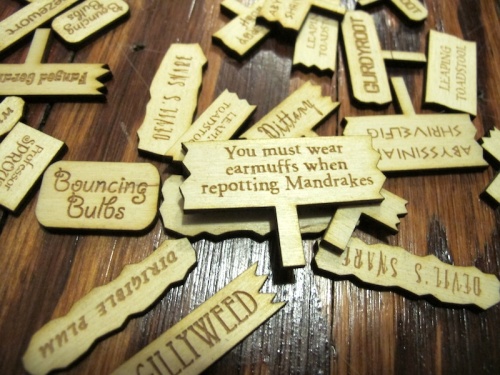

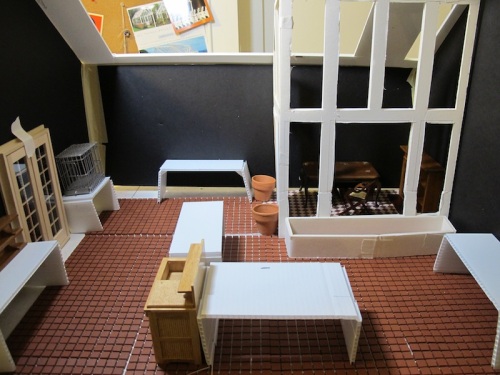
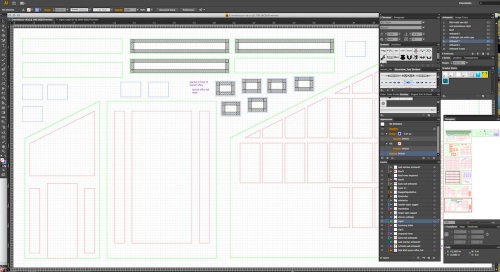


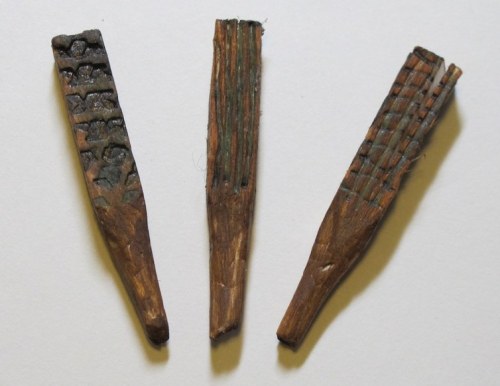


















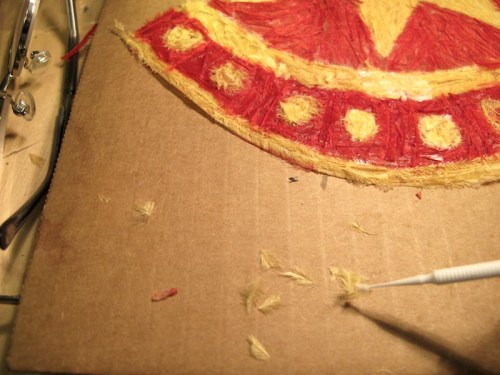
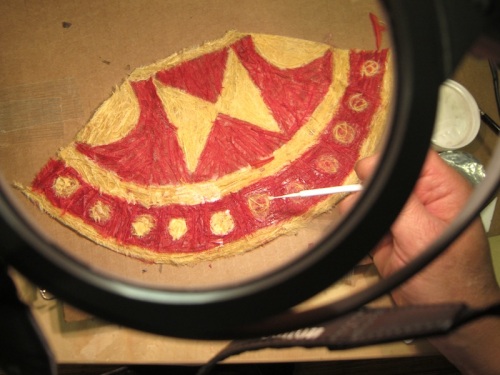
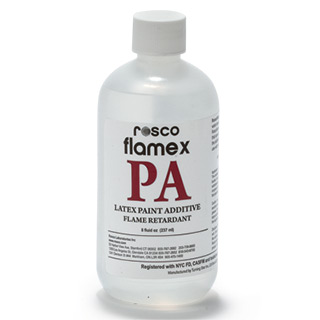


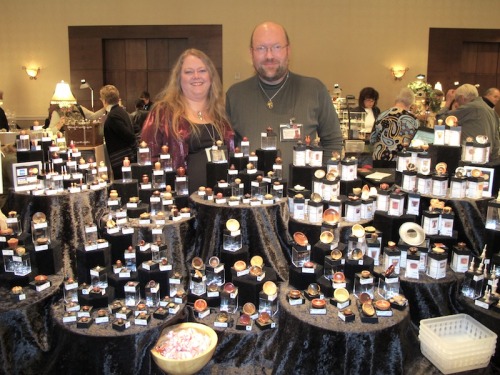

You must be logged in to post a comment.